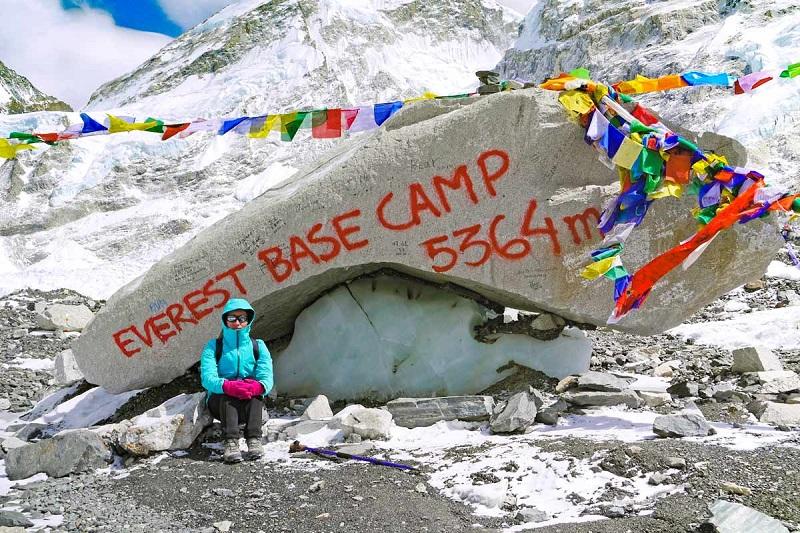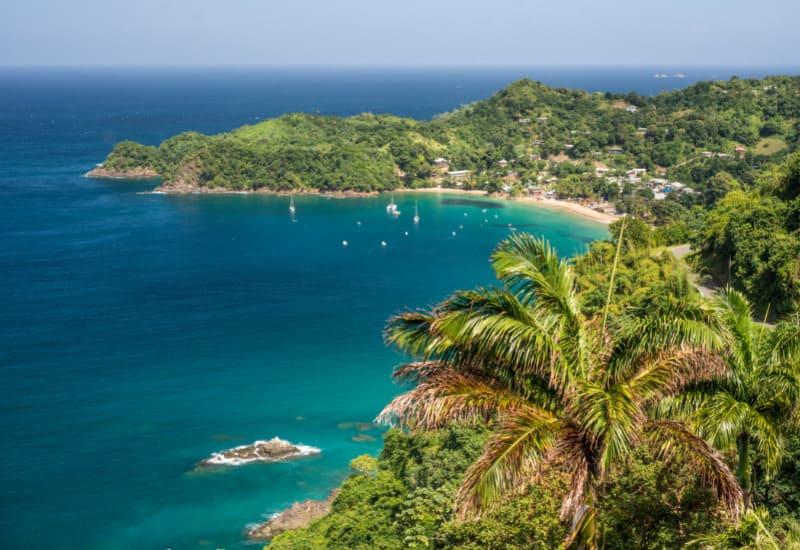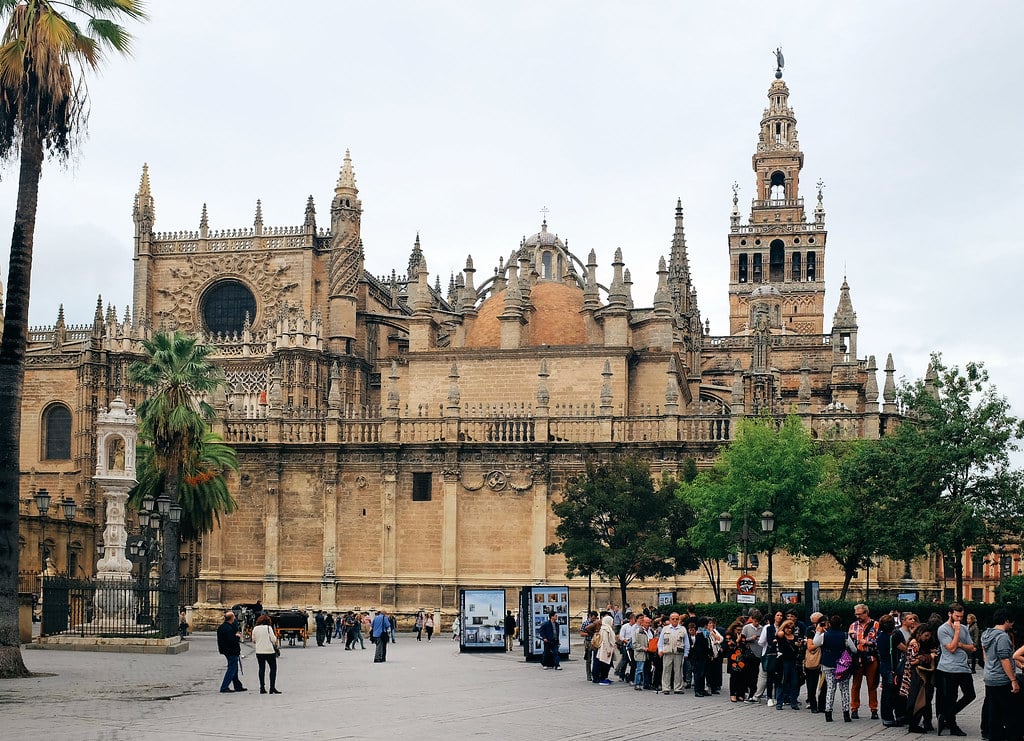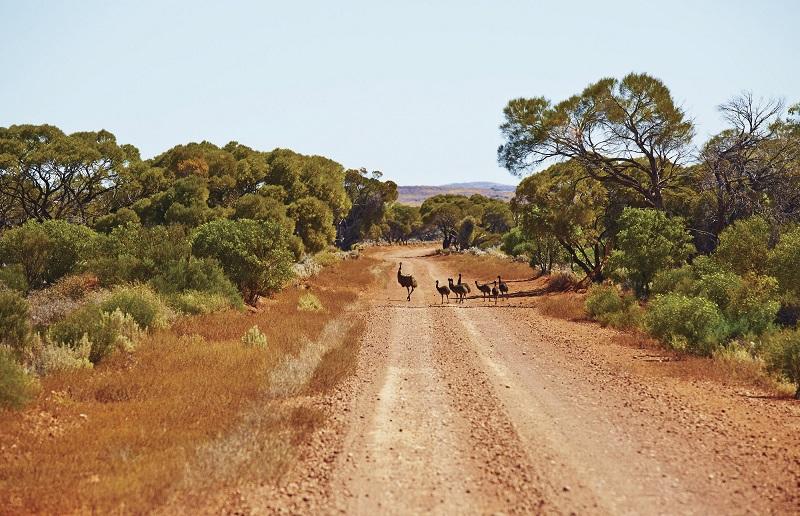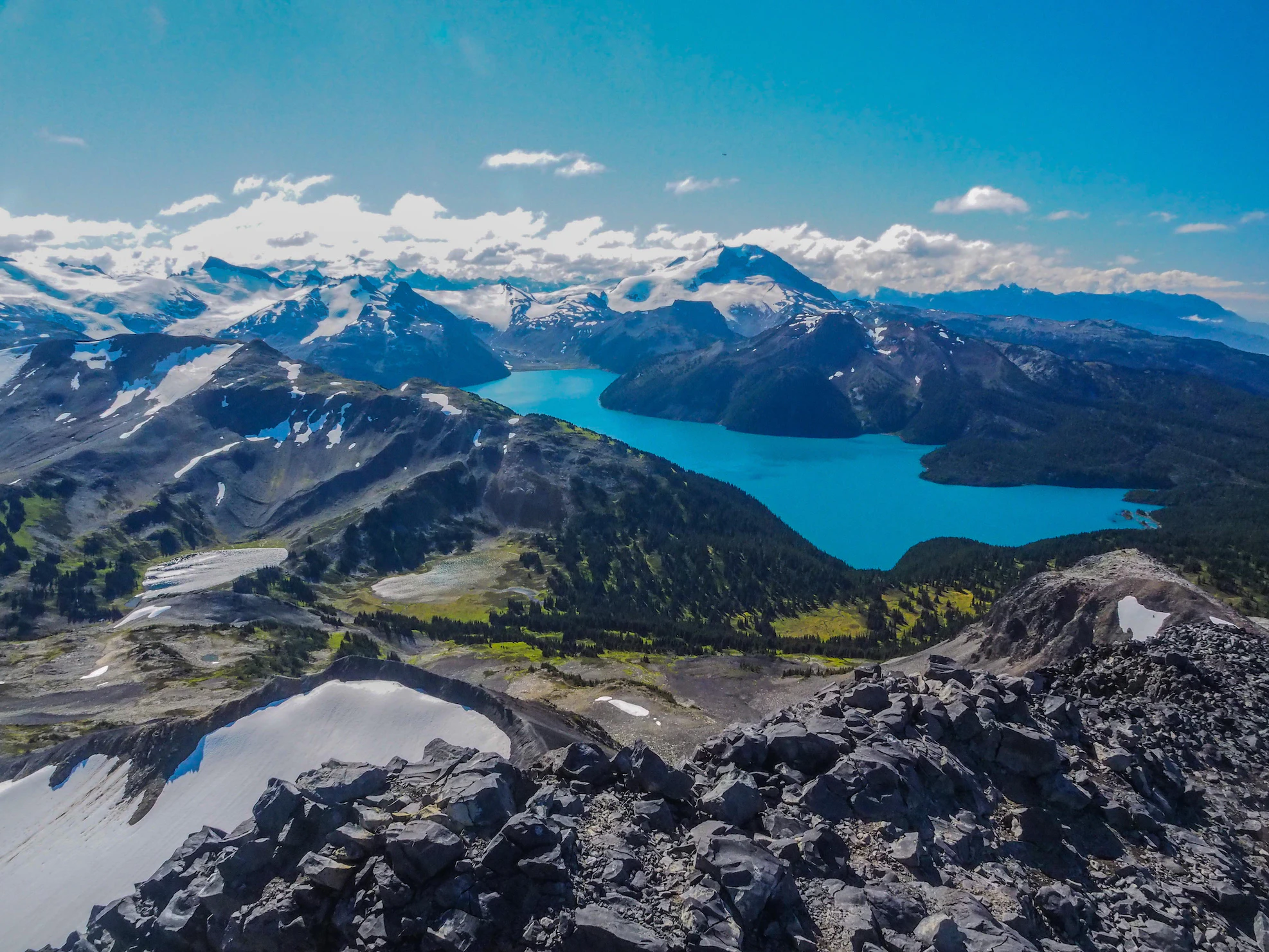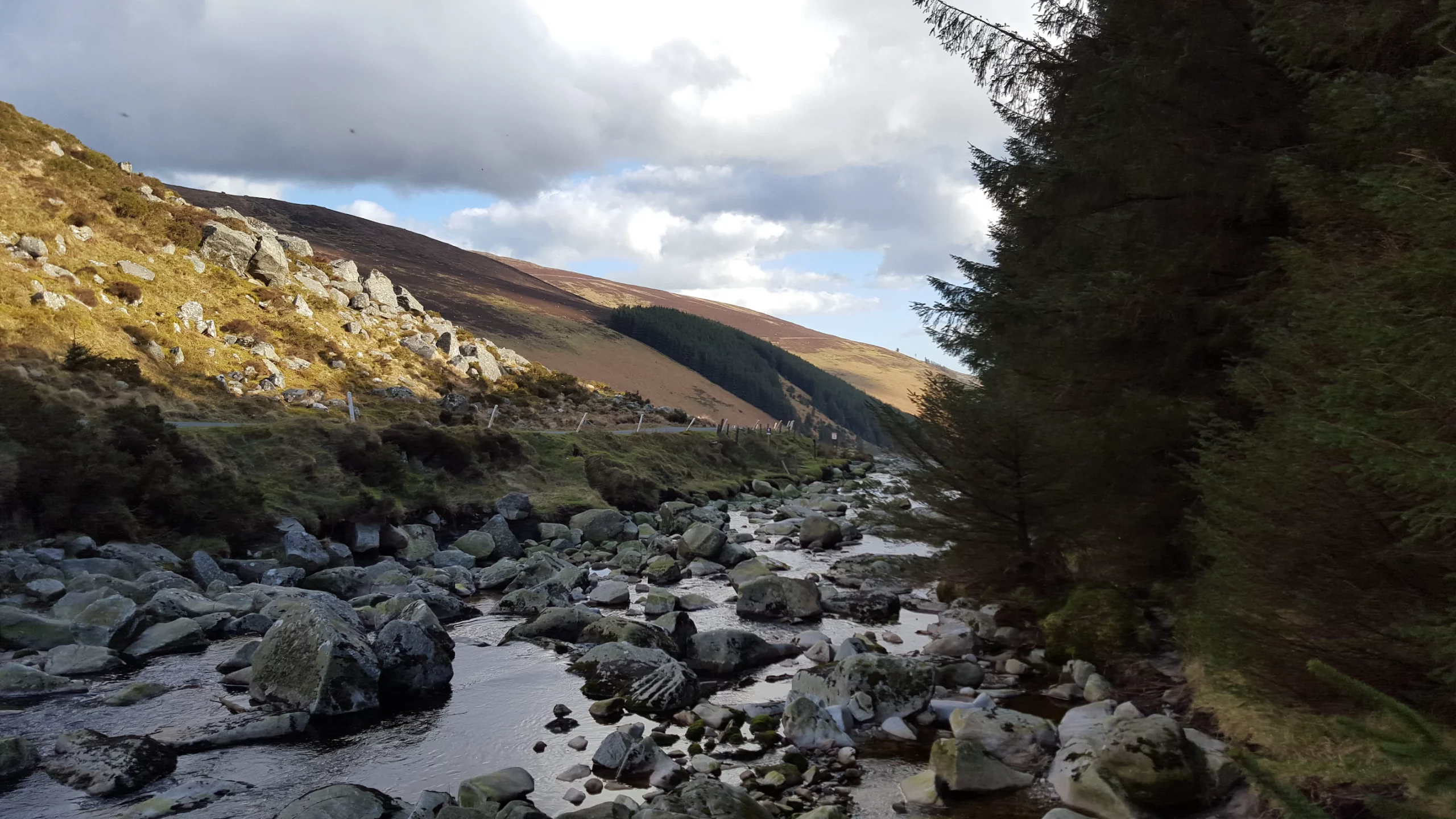Table of the mountain
You may have explored hundreds of thousands of spots but you will never ever be to such an astonishing place I am going to introduce to you. It’s not just an ordinary place it’s a lot more than that. It will not go wrong to call the place paradise due to its stunning beauty and passive atmosphere. You’ll never be able to tell with your eyes that such a magnificent piece of nature is hidden among the mountains and is known as Table of the Mountain. It’s the magic you can’t express through only your words; your camera is too small to capture the whole scenario at once, and verses are too small to enlighten its beauty, and so am I; but still, I will try to make you familiar with the most exquisite place, which is the Patundas Meadow.
In general, the Patundas meadow is owned by Ghulkin, a small village located in the upper Hunza region of Pakistan’s Gilgit Baltistan region. You will not merely experience this tourist endpoint we are talking about, but you will have to go through several other spots in order to reach the foremost destination. This place is perfect for those who are in love with trekking and hiking among the rough mountains, and it is considered to be the top trekking place in Hunza Valley. People from all around the globe arrive to visit this pristine valley in the summers, from June to September; subsequently, it’s so hard to travel due to the harsh weather and perilous circumstances. The summer pasture Patundas has an elevation of 4200 m and is also called the “Table of the Mountains” because it has a bird’s eye view of eighteen various peaks from the top. The peak includes Passu peak, Batura Peak, Shisper peak, Rakaposhi, Momhil Sar, Desteghil Sar, and many others. Although you can reach the endpoint in one day, the journey will be so difficult that the average number of days for visitors is three. Generally, you will experience three main stages to reach the endpoint, which includes Passu Ghar, Luzdur, and the main destination, Patundas Meadow.
So let’s get started!
-
Borith Lake
Your journey starts at the stunning Borith Lake. You can have a look at the lake through the window of your car or from your jeep. You can go by your car to the end point of the village Borith, called the zero point; after that, you have to park your car at the parking lodge and begin your trekking from this point. Porters and guides are available who will help you throughout your journey.
-
Afsang Trek
A small trek of around 1km is made by the residents of Ghulkin Village to get easy and relishing access to the next spot. The word “Afsang” in the native Wakhi language means “the path of yaks,” as it is associated with the ancestry world when the yaks travel through this place. This trek leads you to the stunning white glacier on one side. It’s approximately a one-hour trek from the zero point. This place is also a short but interesting trekking spot in the area visited by a large audience in the summers.
-
Passu Ghar
You have arrived at the starting point of your journey; Passu Ghar is the first stage and the first camp. For those with prior experience on this path, it takes approximately two hours to reach Passu Ghar from Afsang Trek, while it takes an hour for locals. This is a pasture decorated with beautiful conifer trees all around. You can put off your luggage to get some rest and have a cup of tea here. The residents of Ghulkin Village made a small house here, which is used by everyone traveling this way. Apart from that, there is also a camping site where you can camp and have a bonfire as well. You can now see the beautiful white glacier, and we are ready to cover it the next day.
-
Luzdur
Luzdur is an ultimate pasture with an altitude of 3400 m. It takes 3 hours to cross the stunning White Glacier and reach this camp. It’s not easy to cross the glacier on your own because there are several changes that happen with time and the path that once existed is continuously eroding away; only the locals or guides can take you out of this difficulty. This place consists of a wide landscape, and you can glance at the striking Passu Peak and Passu Glacier collectively. You will find yourself in that spot where, on one side, you have a beautiful steep welcoming you for the new adventure and, on the other side, you have the white glacier whose breeze makes you feel unruffled and is offering to stay here longer.
-
Patundas meadow
The beauty of Patundas Meadow is away from your mind. After two days of trekking and a curled path, you will finally reach the Patundas plateau, but it doesn’t stop here. You have to explore much more. It is subdivided into three more stages, namely Ghanzsar, Gozdun, and Algha.
It generally takes two hours to reach the topmost point. You may also come across another stage known as Yorch, which is mostly visited by those who have gone on expeditions to Passu Peak (7284 m). You will have to move downward to reach this place, and it’s the base camp of Passu Peak. The uppermost area is called Algha, from where you can see the spectacular view of Hunza Valley. The mist, the cool breeze, and the peaceful surrounding takes all your worries away and make you feel closer to nature. You can glance at 18 several peaks from this spot. You can see the clouds and peaks floating beneath your feet, and you feel like you can touch the sky. Several plants, including chumuru and Bozlanj, are found in the Hunza Valley and have been used for centuries as traditional medicine. Likewise, animals include Markhor, a tiger, and various birds, which travel in a specific season towards this grassland. Also, you can find manifold flowers that bring appeal to the whole scenario.
So, get ready to explore this wonderful piece of nature and feel the blessings of God. Let’s start your day at a high altitude with a beautiful sunrise and believe me you will never be able to scratch this moment from your mind throughout your life.
also read:-
